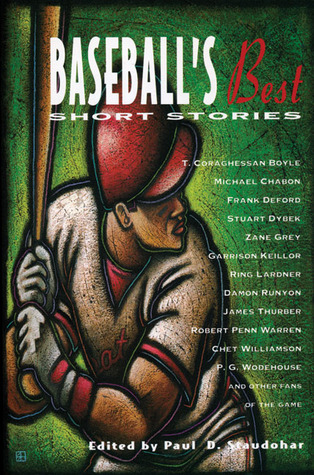Several of the Steven Millhauser stories I read last year, in addition to “Home Run”, which I read for week 4 of Deal Me In 2016, are included in Millhauser’s collection Voices in the Night: Stories. Since I already had the book from the library, I thought I would finish reading the rest of the stories. Here are some thoughts about four more of the stories in the collection:
“Sons and Mothers”
Lots and lots of details, which I believe is a Millhauser trademark, provide for an interesting perspective from the narrator. He is visiting his mother for the first time in a while. From the descriptions of his mother’s house, it almost seems haunted and his mother is the resident ghost. While ghosts appear in other Millhauser stories, the mother in this one is fully alive even if she may have some sort of dementia or senility. The narrator is caught between an obligation to his mother that is deep and sincere and an obligation that is simply an obligation. The jarring, and slightly humorous, ending helps the reader understand in which of these “camps” the narrator actually resides.
“Mermaid Fever”
A real, but dead, mermaid washes up on the shore of a New England town. The town makes the body into an exhibit at a local museum and it becomes quite a hit. A frenzy of all things mermaid takes over the town. I’m not sure if this was Millhauser’s intent but the craziness reminds me of the “fever” that took place with the Twilight Saga a few years ago – with mermaids in the place of vampires.

“The Wife and the Thief”
Of these four stories, this is my favorite. The entire story is in the mind of a wife who can’t sleep and is certain a thief has broken into the house. She doesn’t wake her sleeping husband but continues to debate in her head whether the noises she is hearing are just the house or a burglar. The lengths to which she goes to justify to herself that it is a thief or that it’s not is both great comedy and great suspense.
“A Report on Our Recent Troubles”
A wave of suicides becomes contagious. With each new note, the story becomes more grim and bizarre. This one was just too dark for me.




